Summary
Severance Season 2 expands its world, blending suspenseful pacing with powerful performances from Adam Scott and Britt Lower. Visually striking and thematically rich, it delves into memory, identity, and the cost of complex corporate control.
Overall
-
Plot
-
Narrative
-
Acting
-
Characterization
-
Direction
-
Pacing
Severance Season 2 is both bold and ambitious. After a long three-year wait, the series returns to the sterile, neon-lit corridors of Lumon Industries with renewed purpose. The season blends style, emotion, and philosophy in a way that challenges the very idea of high-concept television. Our review of Severance season 2
At its core, Severance is built on a simple yet intriguing idea. The process divides a person’s memories between work and home, creating two separate lives. While Season 1 focused on this clever concept, Season 2 raises questions about selfhood and identity. It asks what it means to be responsible and how every life experience holds value, inviting viewers to reflect through a philosophical lens.
The season begins slowly. Early episodes introduce new plot lines and character arcs while hinting at secrets behind Lumon’s immaculate façade. This slow build is a double-edged sword—it adds layers of mystery and atmosphere yet sometimes stretches moments longer than necessary. The audience is given time to absorb each character’s internal struggle—whether it is the quiet despair of an innie confined within the walls or the deep melancholy of an outie haunted by lost memories. For instance, Adam Scott’s portrayal of Mark Scout is carefully paced. He transitions from a determined, controlled state on the severed floor to raw vulnerability when facing the outside world. This deliberate pacing is essential in gradually building suspense.
Midway through Season 2, however, the narrative accelerates as different story threads begin to converge. What started as a slow burn evolves into a fast search for truth. Hints of a secret project and hidden revelations come together, injecting urgency into the plot. The show skillfully balances rapid twists with reflective pauses, emphasizing themes of identity and self-worth that resonate with the nature of personal existence.
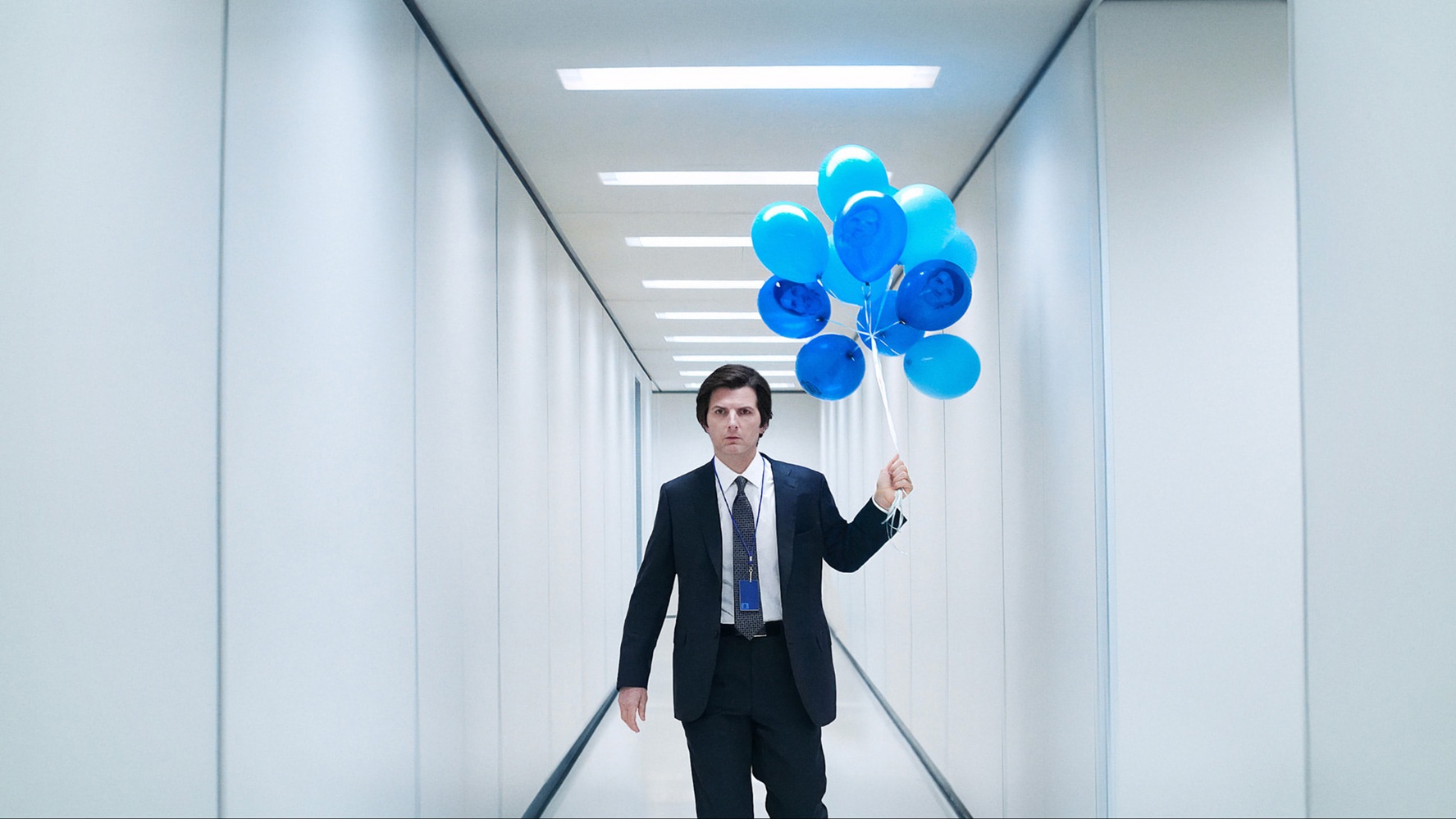
At the heart of Season 2 are the powerful performances. Adam Scott carries the series with nuance, portraying both sides of Mark Scout with clear distinctions that reveal the toll of a split memory. His quiet confrontations between Mark’s two selves capture a deep conflict fueled by isolation and loss, creating a strong emotional center for the show.
Britt Lower also shines in her dual role as Helly R. and Helena Eagan. As Helly, she embodies rebellion and the desire for freedom; as Helena, she is cold, calculated, and authoritative. Her interactions with Mark are charged with tension, blurring the line between genuine care and manipulation, and adding psychological depth to the narrative—much like the exploration of compartmentalization in psychology.
The supporting cast further enriches the story. Zach Cherry’s portrayal of Dylan, once merely comic relief, now emerges as a tragic figure. His journey—from the banter of the office to the pain of discovering a life beyond the confines of Lumon—illustrates the cost of memory compartmentalization. John Turturro, in his role as Irving Bailiff, offers an understated yet powerful performance. Irving’s steady routine eventually gives way to a desperate search for truth. His poignant relationship with Burt, portrayed by Christopher Walken, adds warmth and tenderness amid the cold, impersonal nature of corporate culture.
Tramell Tillman’s Seth Milchick is another strong presence. Although he often wears a mask of misplaced cheer, his performance hints at deep insecurities beneath his polished exterior, adding unexpected depth to his character.
Visually, Season 2 is striking. The production design is meticulously crafted. Every set—from the fluorescent corridors of Lumon Industries to the bleak, snow-covered exteriors—demonstrates a high level of precision. Director Ben Stiller returns for several episodes, employing long, lingering shots that compel the viewer to notice small details. The clean lines, strict symmetry, and cool color palette combine to create an atmosphere that is both clinical and unsettling.
At times, the show transforms into a series of living paintings. The camera lingers on subtle details—a solitary desk under harsh lights, the slow shift of a shadow in an empty hallway—emphasizing the isolation that defines the characters. Scene transitions can be intentionally disorienting, mirroring the fragmented mental states of those living under the severance process. This visual style reinforces themes of control and confinement.
Sound plays a pivotal role in setting the mood. A minimalist score underscores each scene, heightening tension without overwhelming the senses. The background hum of machinery, the echo of footsteps, and carefully placed moments of silence invite viewers to engage with the story on a deeper level, echoing the unique style of minimal music.

At the core of Season 2 is a bold, intricate script. The writing favors subtlety over immediate answers, allowing mysteries to simmer and evolve over time. Every revelation is carefully measured, mirroring the characters’ gradual journeys toward understanding their identities. The deliberate dialogue reflects inner turmoil and the quiet power of unspoken thoughts. In key confrontations, the characters engage in existential debates, probing the essence of identity and what it means to be whole.
Season 2 does more than just expand the world introduced in Season 1; it reimagines that world. The mysteries and plot lines from the earlier season are revisited and reframed, with every small revelation serving as a reminder of what is lost when memory and emotion are divided. Mark, as the central figure, undergoes a slow transformation that captures the heavy cost of this separation. Even amid corporate intrigues and clandestine operations, the message remains clear: every memory and every emotion is valuable—a notion deeply rooted in studies of memory.
A new narrative thread centers on a mysterious initiative, hinted at only by a cryptic codename. Details of this project gradually emerge and eventually become key to understanding Lumon Industries’ true purpose. The slow and deliberate unveiling of this plot line leads to a finale filled with emotional intensity and sudden revelations.
In the season’s final act, the emotional and thematic threads merge into a series of hard choices. Mark faces a decision that encapsulates the season’s central struggle: to risk an uncertain freedom or remain within the familiar confines of a divided life. When his wife Gemma escapes to the outside world while he remains trapped, the outcome is both ironic and heartbreaking. This choice forces the audience to confront the high cost of autonomy and personal freedom—a topic closely linked to discussions of corporate culture and dystopia. Mark’s decision underlines a universal truth: even when offered freedom, the allure of the known can be overpowering.
The relationships in Severance add further complexity. Dylan’s journey reveals his painful realization of a life beyond corporate walls, with moments of quiet sorrow showing that even those who mask their circumstances with humor are deeply affected. Irving’s character, brought to life by Turturro, gradually reveals vulnerability as he sheds the layers of his carefully maintained persona. Meanwhile, Burt, as portrayed by Christopher Walken, brings warmth and unexpected tenderness that contrast sharply with the coldness of Lumon.
Helly’s journey, as embodied by Britt Lower, captivates with its volatility. Torn between two identities that pull her in different directions, her inner struggle mirrors the larger themes of Severance—the challenge of remaining whole in an environment designed to fragment and control, much like the concept of compartmentalization in modern psychology.
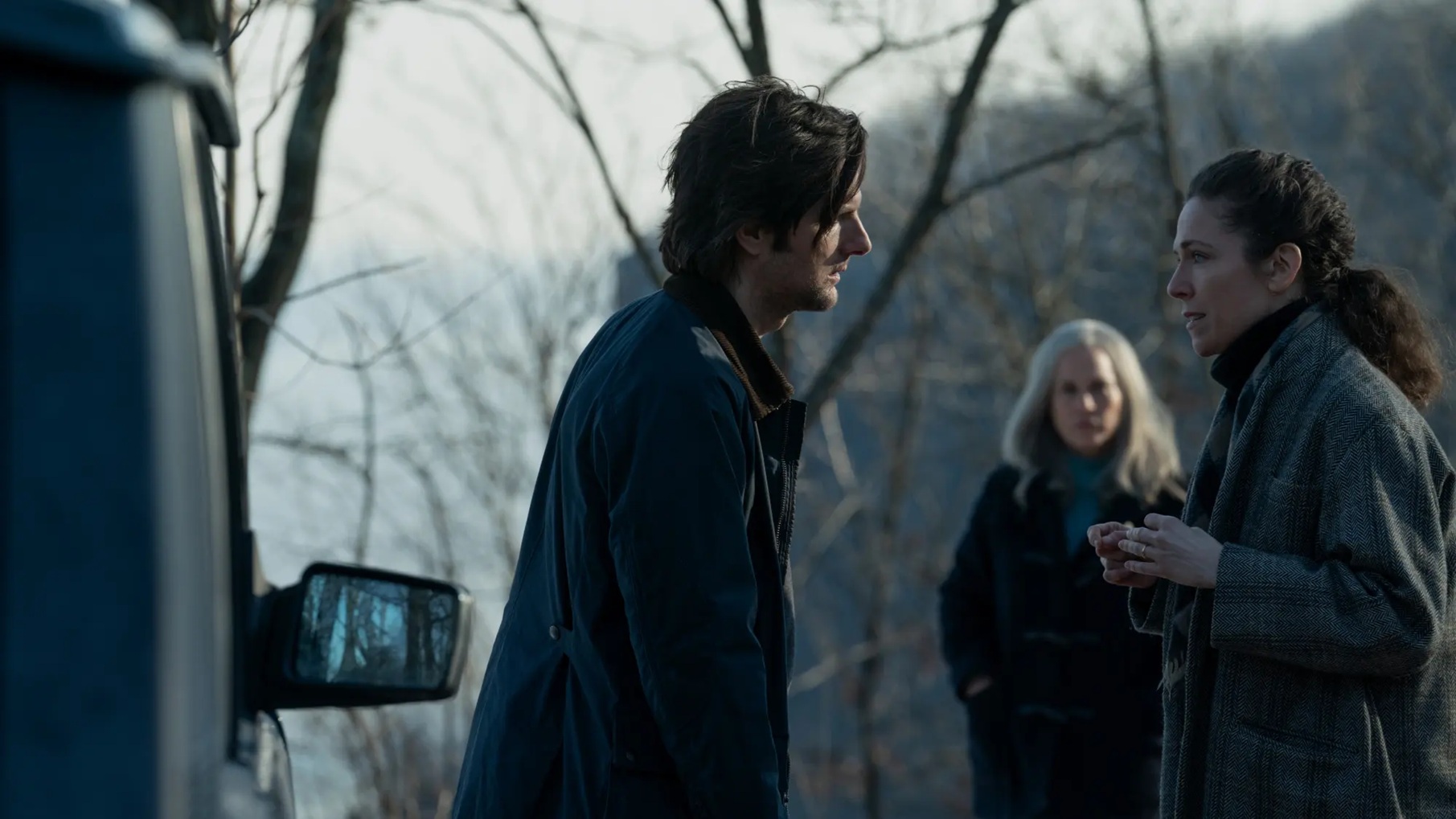
The series continues to impress visually. The carefully choreographed shots and symmetrical compositions in the office spaces constantly remind us of the harsh control ruling Lumon Industries. The stark contrast between the bleak exteriors and the minimalistic interiors emphasizes the isolation felt both inside and outside the workplace. Each frame makes it clear that Lumon Industries is not just a backdrop; it is a character in its own right, designed to quarantine and divide.
The soundscape further enhances every visual element. The persistent hum of fluorescent lights, the echo of footsteps, and occasional bursts of music combine to create an immersive atmosphere. The score shifts seamlessly from soft background tones to intense crescendos during moments of high drama, reinforcing the emotional and psychological tension throughout.
One of Season 2’s major strengths is its writing. The script reveals only what is needed at each moment, allowing the gradual unfolding of the plot to mirror the characters’ increasing awareness of their losses. Conversations are unhurried, inviting reflection and debate, and they serve as a vehicle for exploring deeper philosophical questions about identity, memory, and the cost of modern life.
The narrative builds on what was established in Season 1 while forging its own distinct path. Earlier mysteries gain new significance, and previously minor details become weighty. The show demonstrates that every piece of memory and emotion matters, even within a system designed to strip away personal identity. Mark’s transformation highlights the personal cost of being split into two lives.
By introducing a mysterious initiative that unfolds gradually, the show adds an extra layer of intrigue. The slow unveiling of its secrets leads to a finale that is both shocking and inevitable, forcing every character to confront the price of division—be it lost memories or the isolation of living a half-life.
Mark’s ultimate choice—to risk a painful freedom or accept a constrained division—speaks volumes about the human spirit. The season’s bittersweet ending, where Gemma escapes and Mark remains on the severed floor, encapsulates the central message that true freedom requires sacrifice and every act of self-assertion comes with a cost.
Season 2 is also a meditation on the cost of compartmentalizing life. Every emotion and memory carries weight, even in a world obsessed with efficiency and control. The series shows that when we choose to ignore or separate parts of ourselves, we pay a heavy price. Even small moments of genuine feeling pierce through corporate monotony, challenging the notion of a divided self as an idealized, controlled state.
The supporting characters add to this exploration. Dylan’s journey, Irving’s quiet quest for truth, and Helly’s internal battle serve as reminders that every life is rich with meaning, even when reduced to fragments. Their struggles represent the many facets of human nature that persist despite external pressures to conform or suppress individuality.
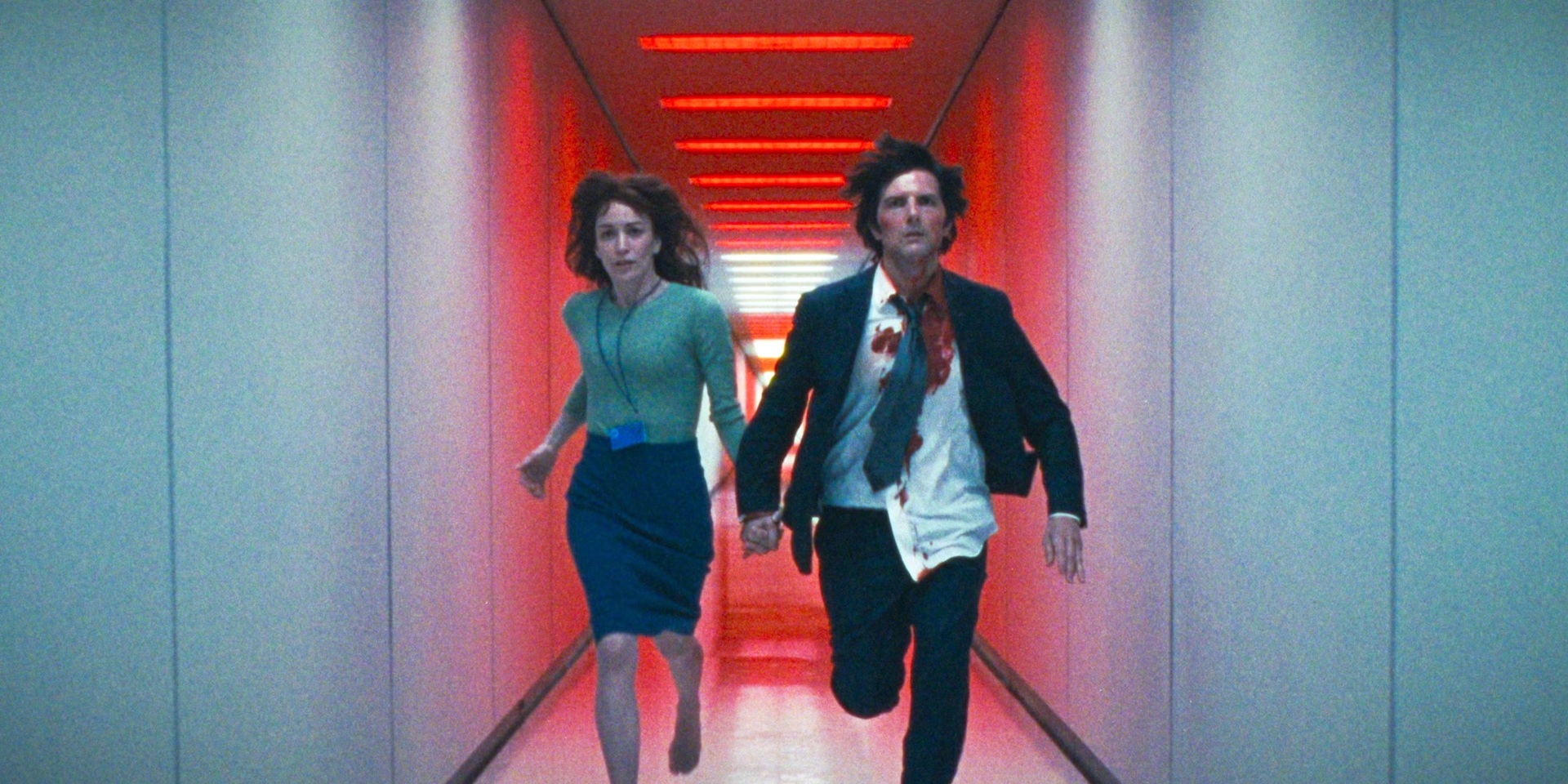
Ultimately, Severance Season 2 is about reclaiming the whole self in the midst of fragmentation. It challenges viewers to question the value of every moment and every memory, no matter how small. The series invites us to see that a divided life is diminished and that the fight to reclaim even the smallest piece of autonomy is truly worth taking—a lesson that resonates in today’s age of streaming media.
The final scenes leave the audience with a mix of satisfaction and longing. The choices the characters make are never simple or easy; instead, they emphasize that every act of defiance and every moment of genuine connection comes at a cost. The lasting impression is that even when forced into fragmentation, the human spirit endures, its value undiminished by separation.
Severance Season 2 succeeds on all these fronts. It enriches the story, expanding both the world and the internal landscapes of its characters. With every carefully crafted scene, the series invites us to reflect on our own fragmented experiences and to cherish even the smallest parts of our identity. As the season ends, the promise of future revelations keeps the audience captivated, eager to see how the fight to reclaim a whole self will continue.

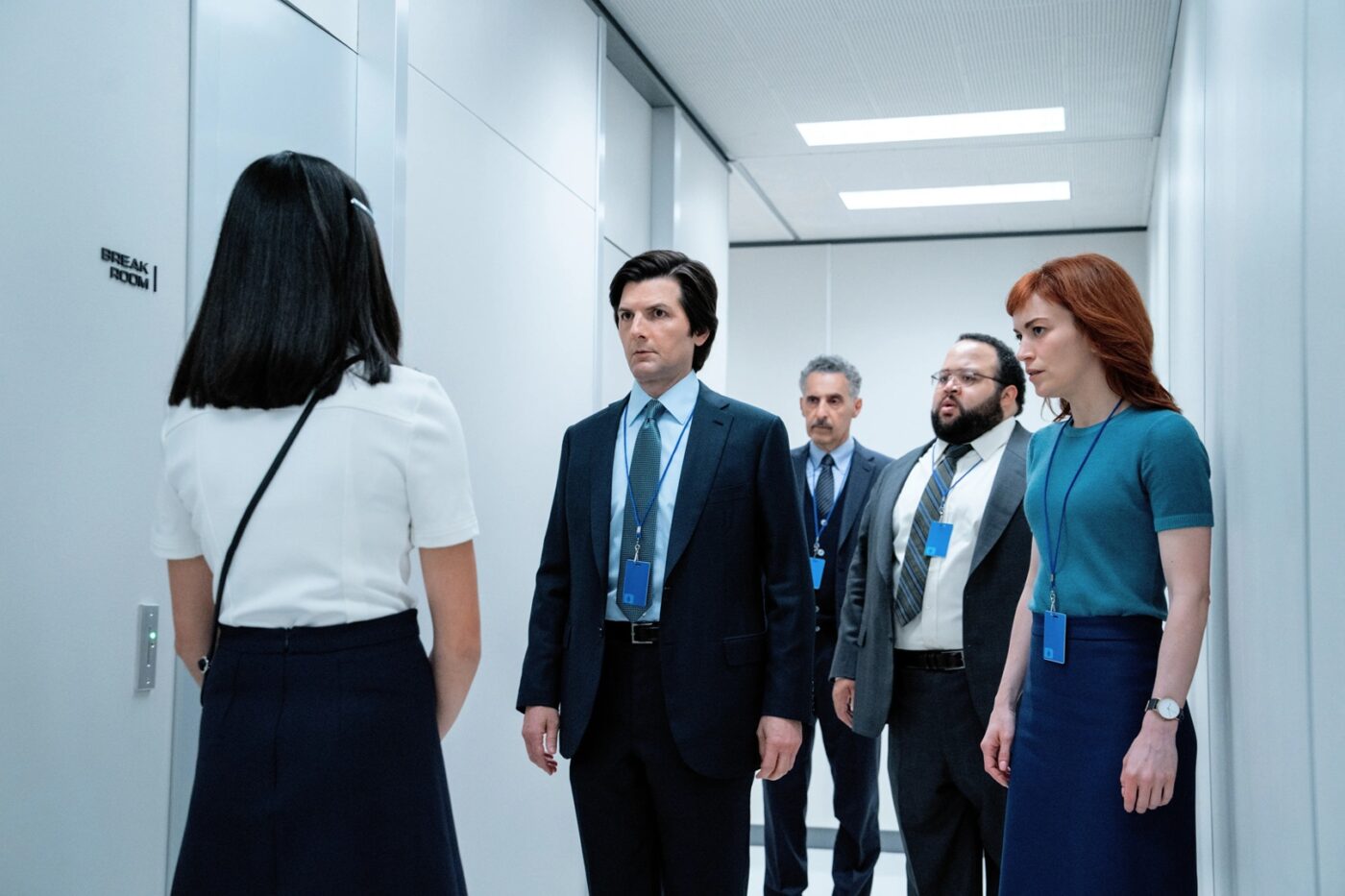
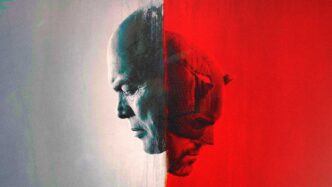





Leave a Reply